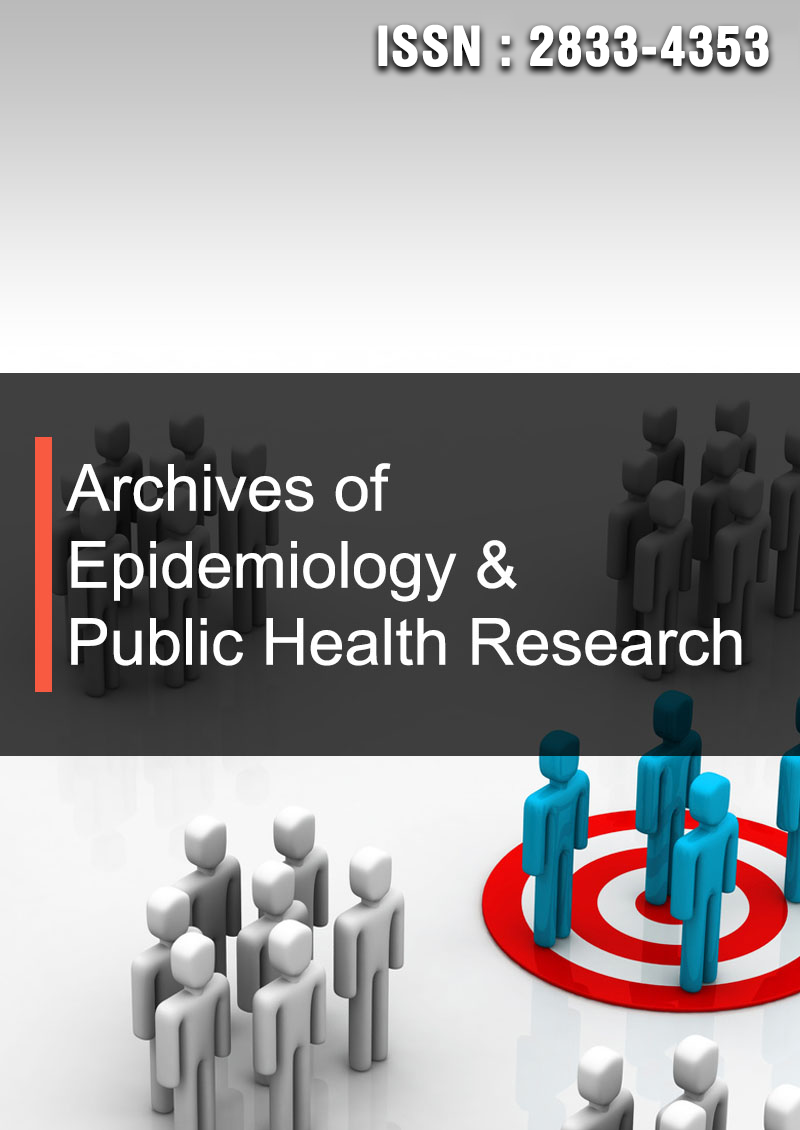A Comparative Study of Minamata Disease Between inside and outside of Japan: With a Focus on Mercury Contamination in the Amazon
Abstract
Kunihiko Yoshida
Minamata Disease in Japan was one of the most notorious public nuisance cases in the 1960s and 70s, but is still ongoing “un- finished business” in terms of victims’ protection even after several decades of struggles. The world standard of epidemiological causation has still been applied in limited cases. However, it has been pointed out in an international report that, in recent years, mercury contamination has decreased in countries in the Global North, except the Canadian Indigenous peoples’ case, at the same time that it has increased in the Global South. In the Amazon, many Indigenous peoples, most prominently, the Munduruku people in Para state and the Yanomami people in Roraima state, suffer from Brazilian Minamata Disease due to different types of mercury contamination, as a typical case of global environmental injustice issues.
This paper discusses the comparative difference of Minamata Disease inside and outside Japan: In Japan, serious accumulated mercury contamination occurring in Shiranui Bay of Kyushu due to poisonous waste release by the large Chisso corporation was concentrated, while in the Amazon, contamination due to gold mining by ASGM (Artisanal Small Scale Gold Miners) has been much broader and more diffused. Thus, civil law damages litigation has historically worked despite some challenges in Japan, while it’s practically impossible to stop numerous small scale gold mining operations by a judicial approach in the Amazon. In- stead, administrative regulation under the Lula Administration contrasted to the Bolsonaro Administration might be an especially important means of amelioration, although still limited, considering the global demand for gold and related continuous gold mining activities. Minamata Disease symptoms among the Indigenous peoples along the Amazon are generally minor compared to the Japanese case, but they should also be examined from liberal standards that criticize traditional stringent standards such as the Hunter=Russell criteria. However, facing the worsening situation of mercury contamination, the challenges in the Global South are serious: The effective measures for local residents overall health are limited except for dietary education to avoid poi- sonous carnivorous fishes as opposed to herbivorous fishes. International assistance for providing clean water is also an imminent agenda.



